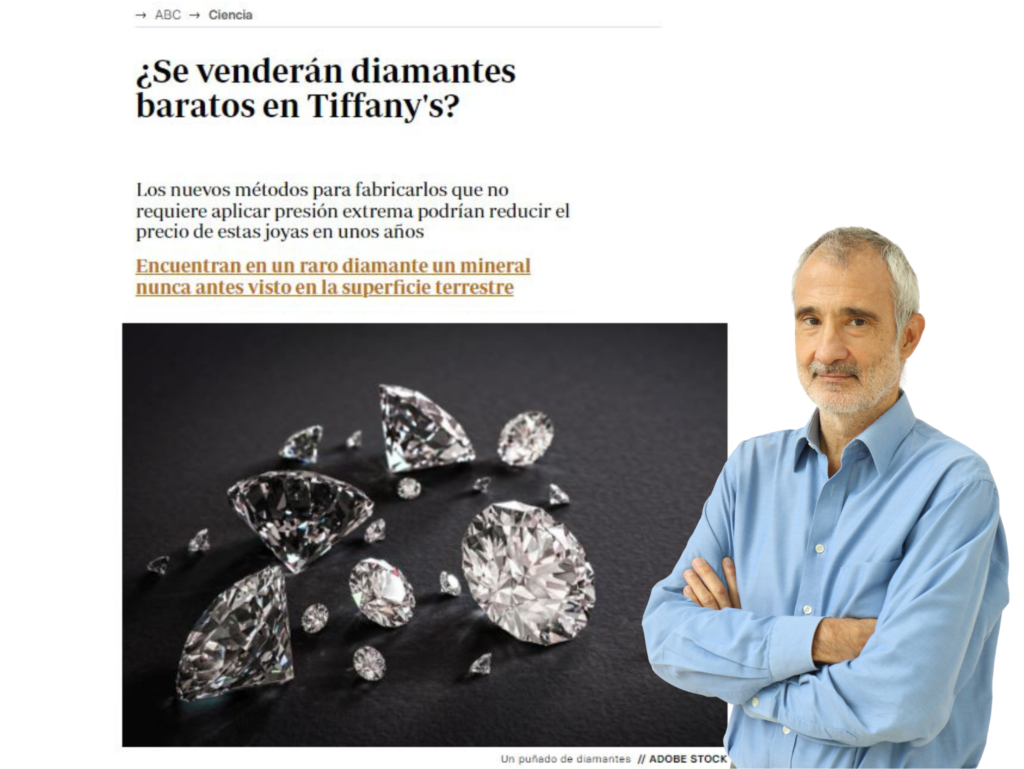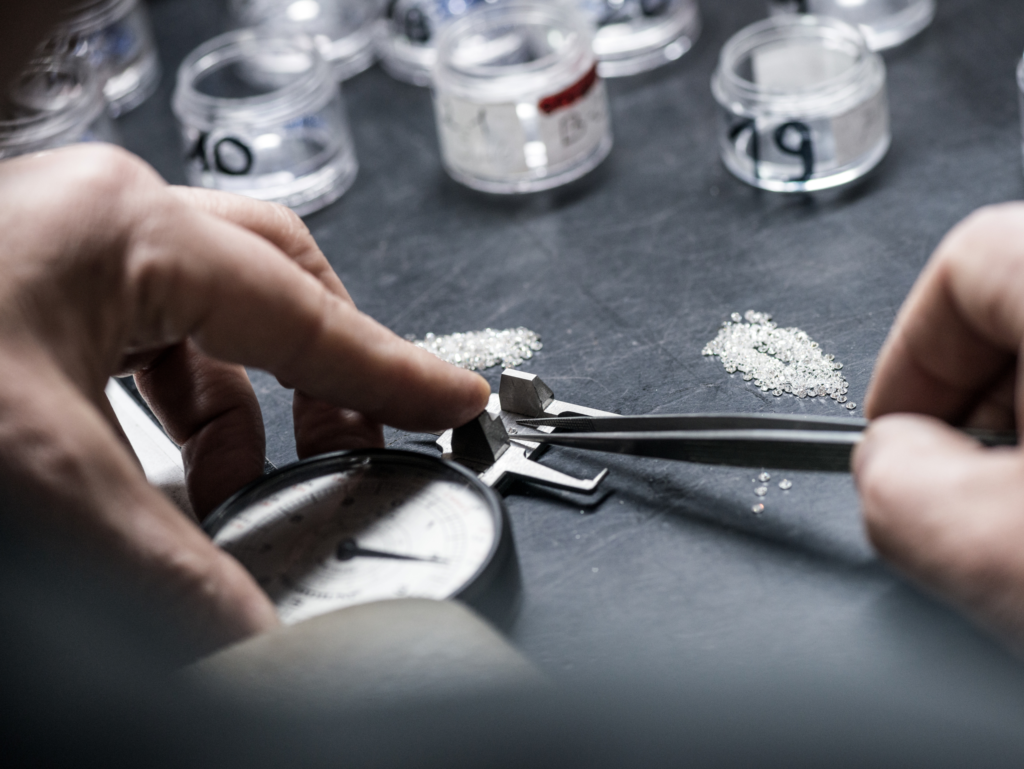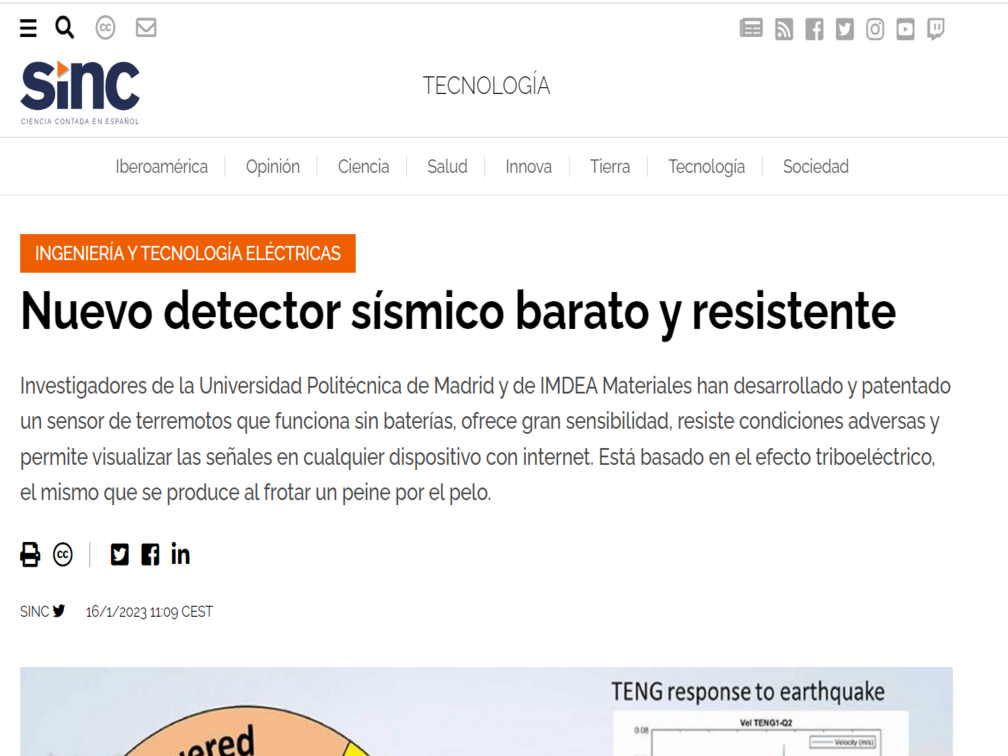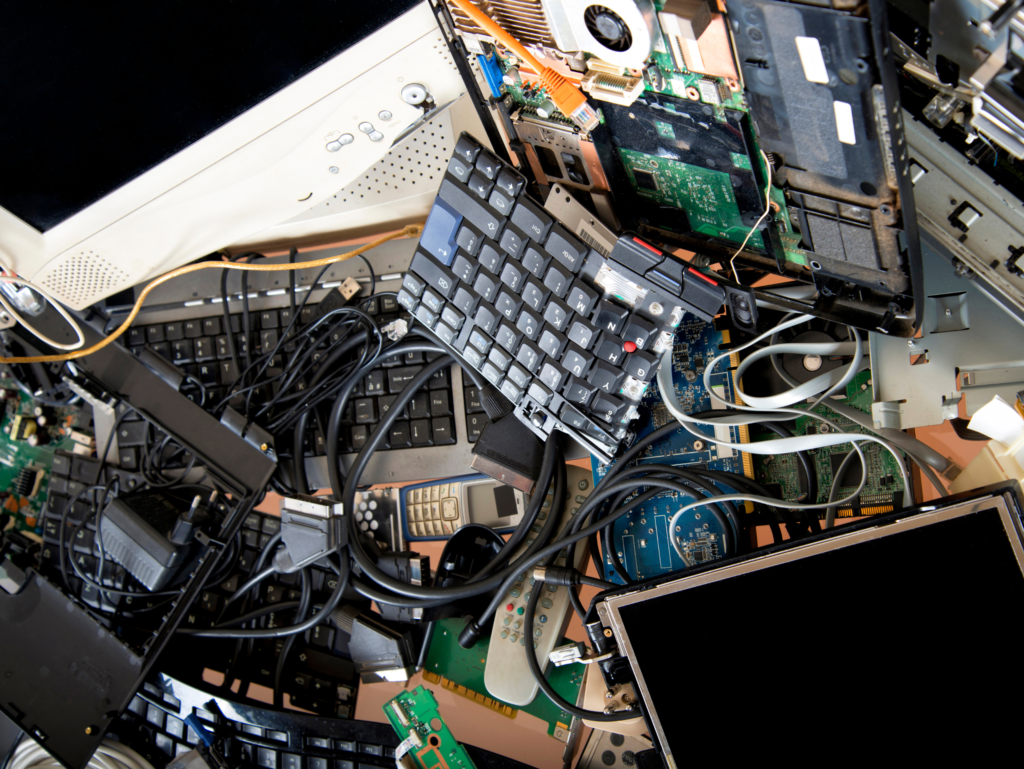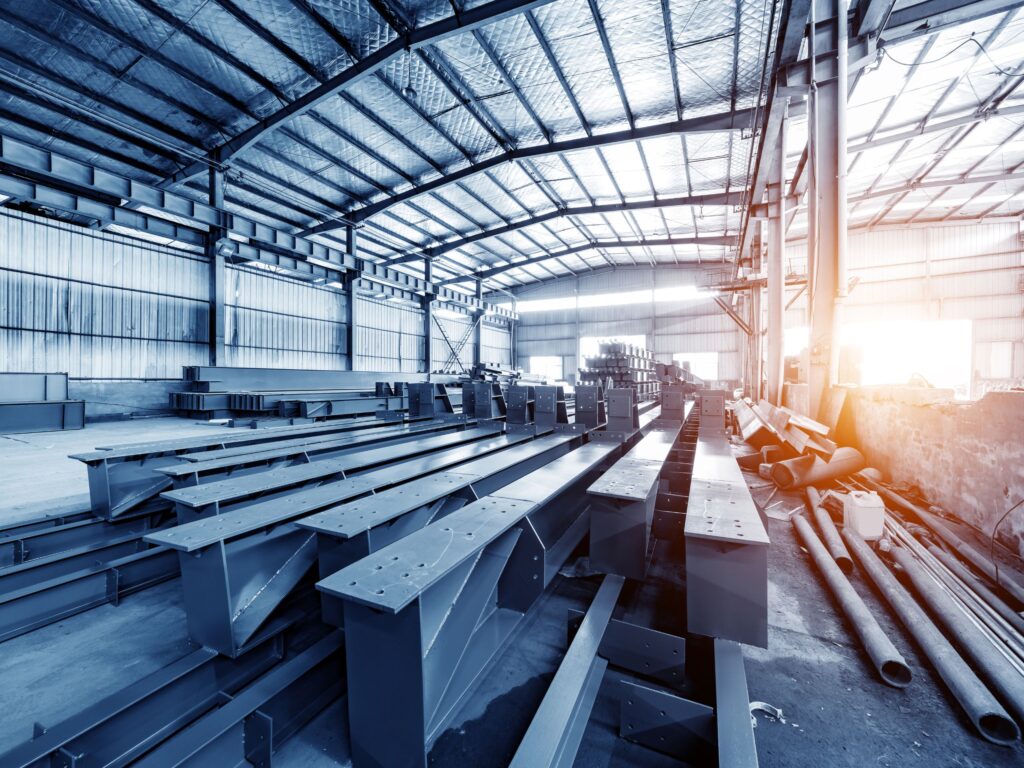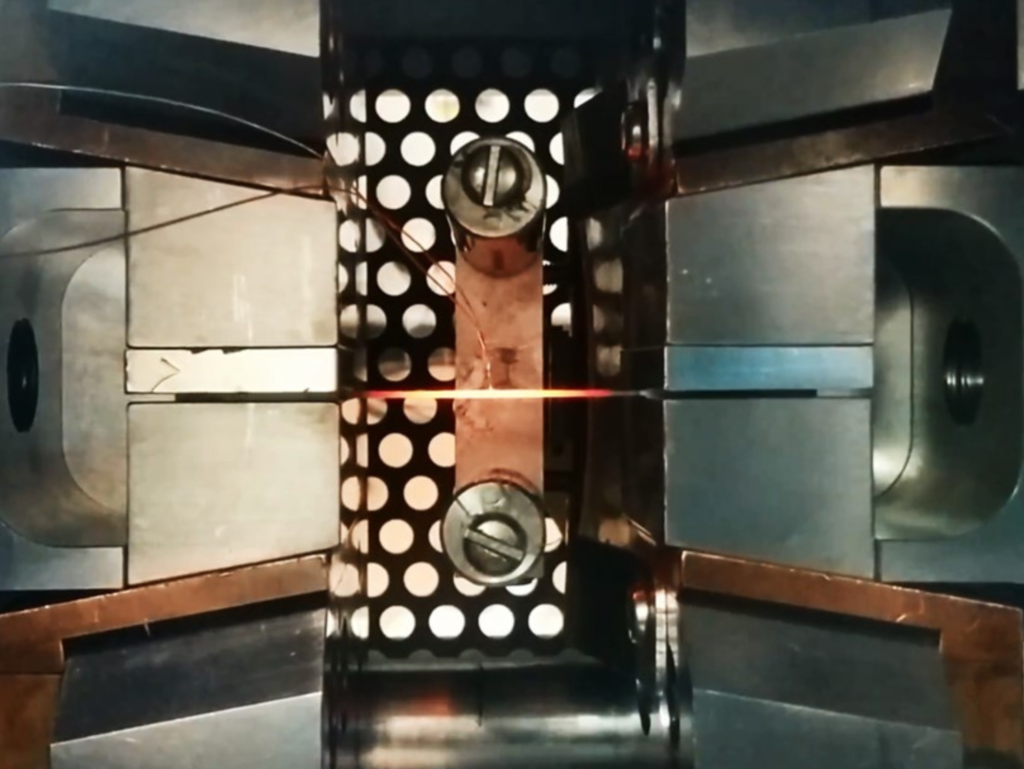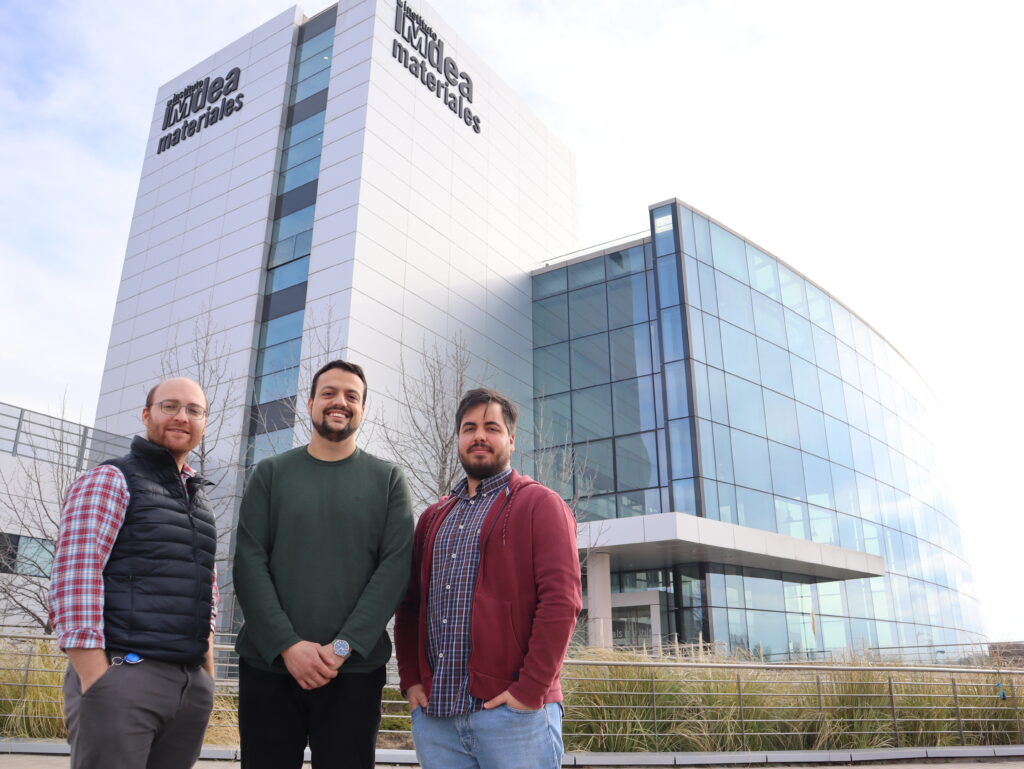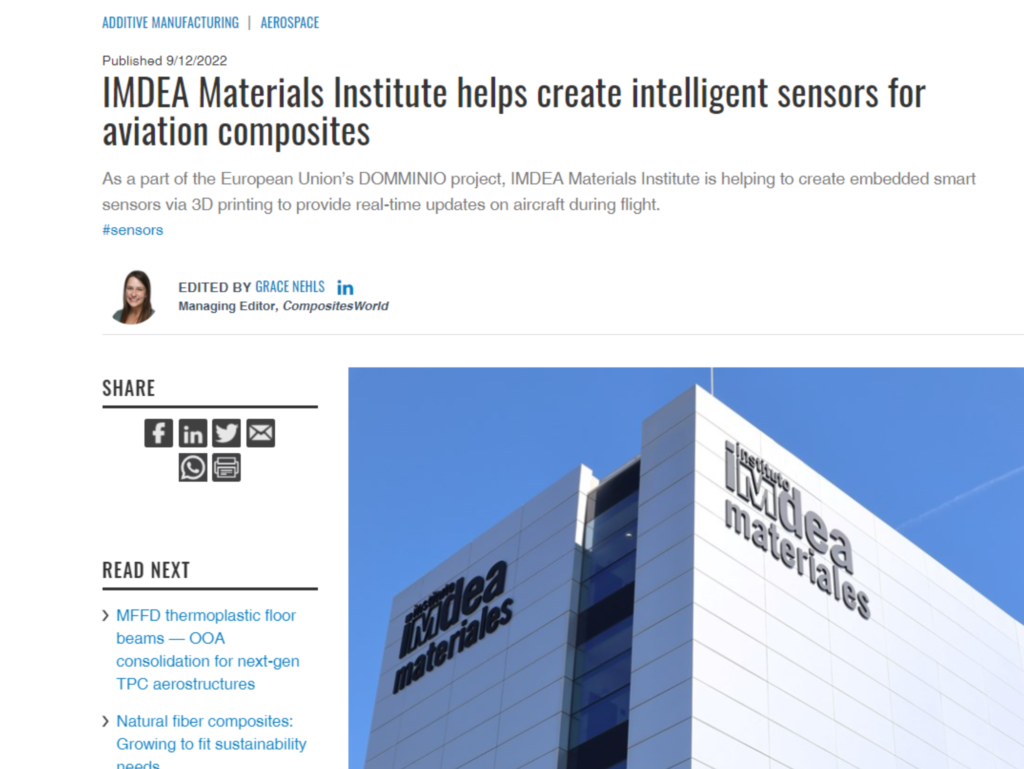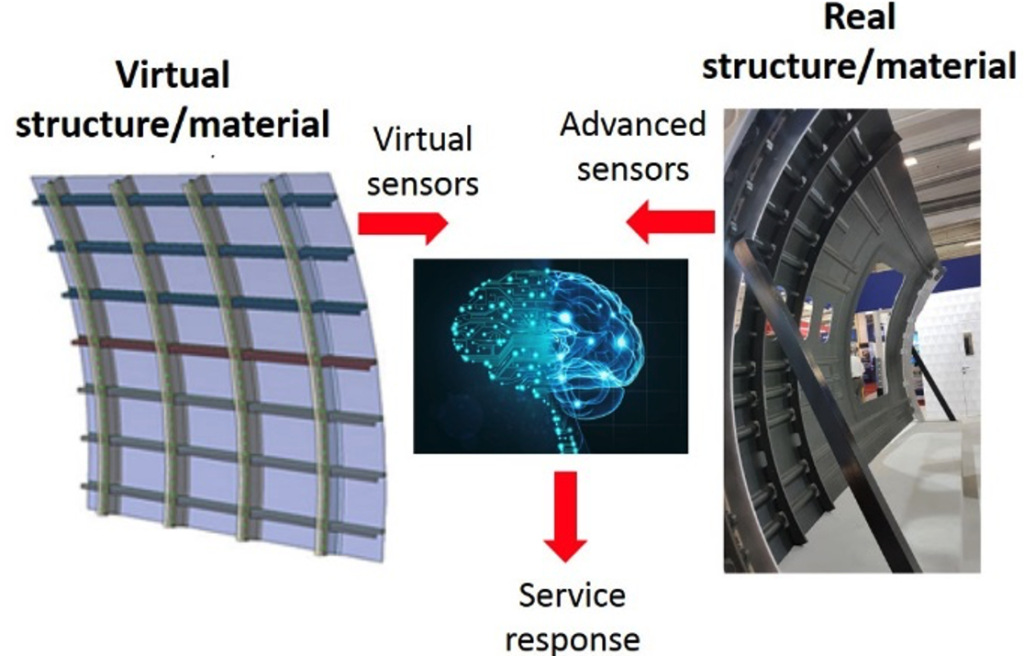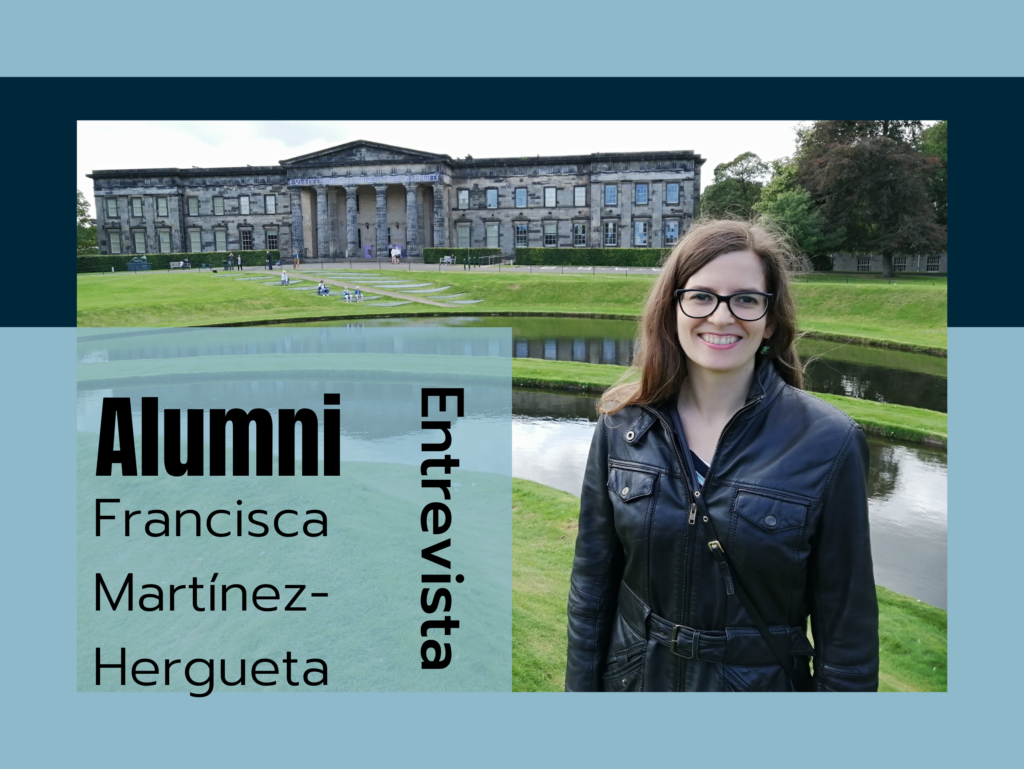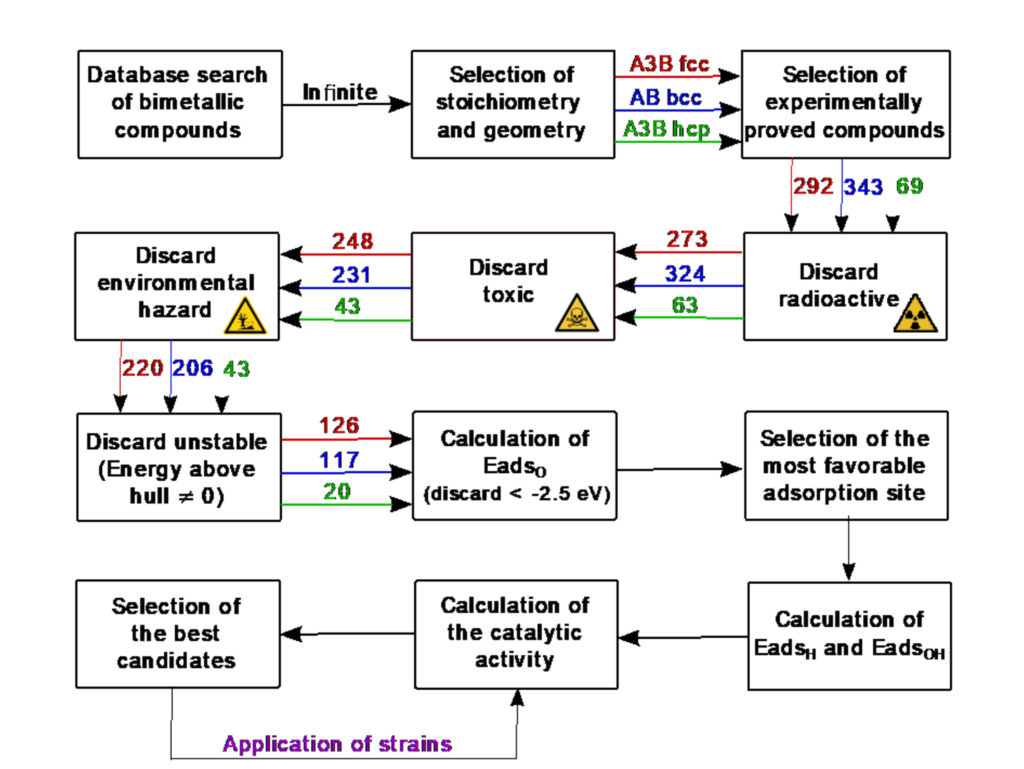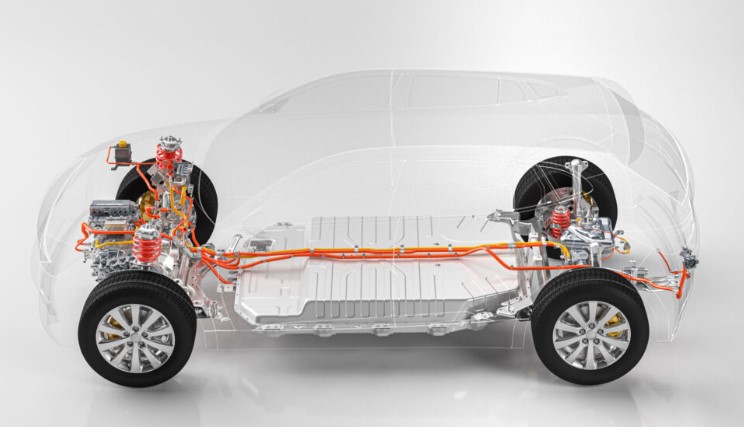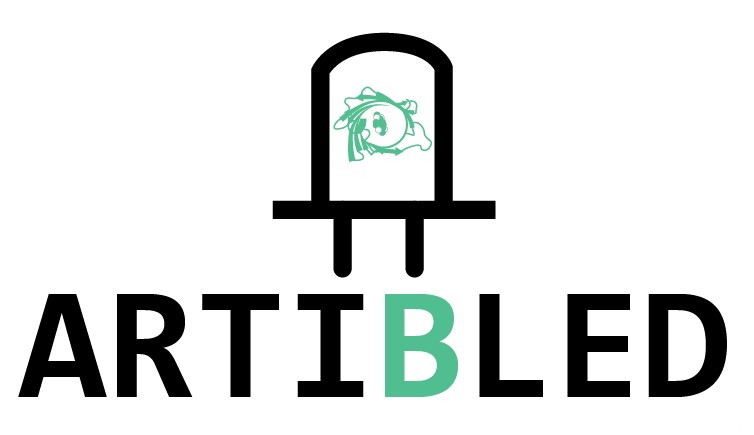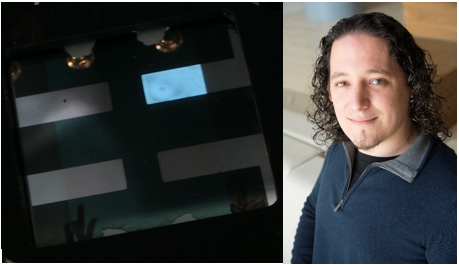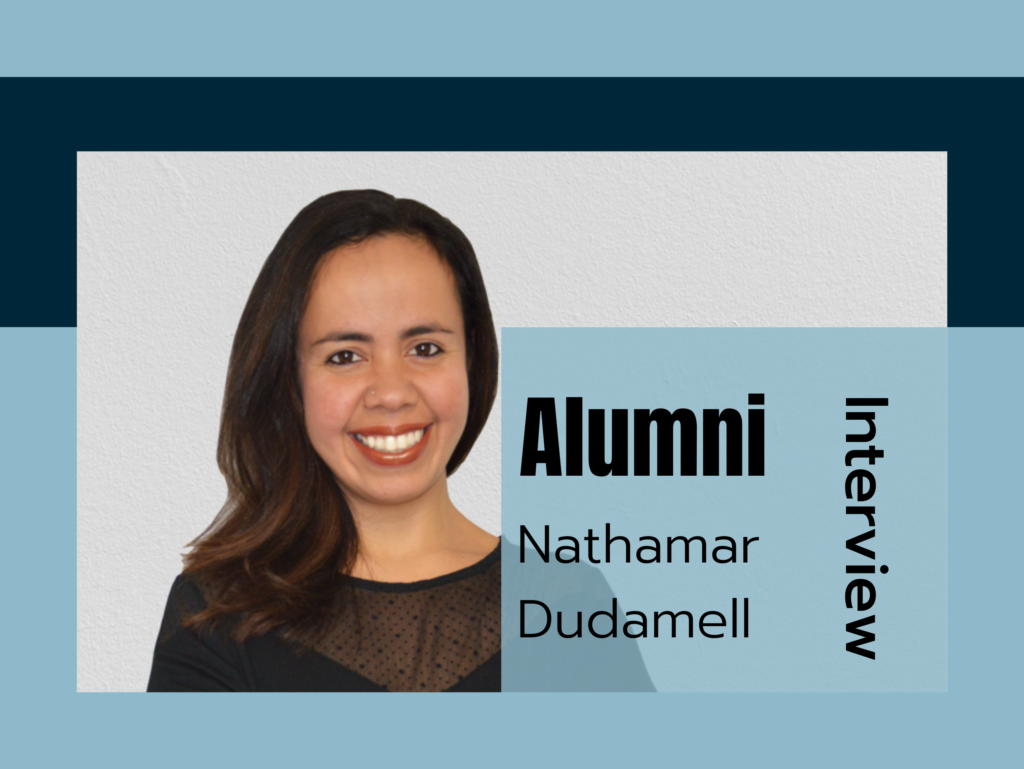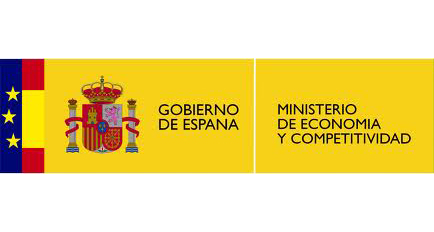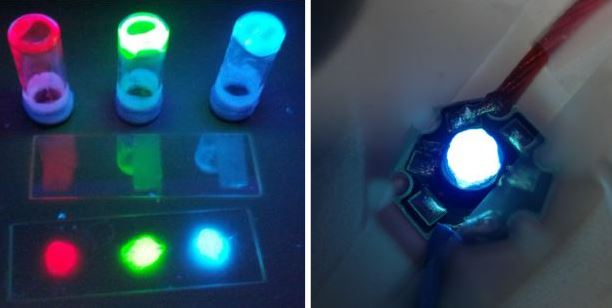Spanish news outlet ABC.es has republished IMDEA Materials Institute Director, Prof. José Manuel Torralba's recent article in The Conversation Spain about a new, cheaper and more sustainable way to manufacture artificial diamonds. You can read the original article at ABC.es, here (content in
We will see cheap diamonds in Tiffany’s
José Manuel Torralba, IMDEA MATERIALS A diamond awakens a world of suggestions that can lead us, depending on our age, to a cabaret in Paris where Marilyn Monroe declares to the world that they are "a girl's best friend" (Gentlemen Prefer Blondes, Howard Hawks, 1953); to New York's Fifth Avenue,
IMDEA Materials Institute and a new, cheaper, more durable earthquake sensor – SINC
The Service for Scientific News and Information (SINC) has highlighted IMDEA Materials' role, alongside the Technical University of Madrid (UPM), in the development of a new type of earthquake sensor. You can read the article here (content in Spanish only):
Device for detecting movement and/or pressure force of a first element relative to a second element
Patent details Status Spanish patent filed Application number P202430190 Priority date 15 March 2024 Inventors De-Yi Wang, Jie Xu, Xiang Ao Applicant IMDEA Materials Institute, Universidad Politécnica de Madrid Transfer
An imaginative proposal to recycle the world’s electronic waste – The Conversation Spain
José Manuel Torralba, IMDEA MATERIALES; Alberto Meza, IMDEA and Damien Tourret, IMDEA Although the amounts of precious metals like gold in electronic waste are very small (on the order of 300 grams per ton), obtaining a kilogram of gold still only requires between three and four tons of
What is the most used material in the world and the least researched?
José Manuel Torralba, IMDEA MATERIALES We live in a world of steel. It's so common that we use it as a metaphor for everyday life. Some people have nerves of steel, and the biceps of many muscular young individuals are made of ship steel. What is not a metaphor is that steel is everywhere we
The secrets and science behind Damascus swords, long famed for their strength and beauty
José Manuel Torralba, IMDEA MATERIALES y Ilchat Sabirov, IMDEA MATERIALES Damascus steel swords were legendary for their great strength, durability and their "almost eternal" edge. They could cut silk as well as shatter a rock. Sultan Saladin impressed Richard the Lionheart at a sword exhibition.
IMDEA Materials scores unprecedented success in latest MSCA Fellowship call
A new treatment for one of the world’s most prevalent tropical diseases, the discovery of cheaper alternative catalysts for hydrogen production, and the development of dynamic, load-bearing implants for tissue engineering. These are just three of the new projects that are set to get underway at
CompositesWorld among those to showcase IMDEA Materials’ role in DOMMINIO
IMDEA Materials Institute's role in the international Digital Method for Improved Manufacturing of Next-Generation Multifunctional Airframe Parts or DOMMINIO project has been highlighted in a number of outlets. Among these are Actualidad Aeroespacial, CompositesWorld, La Vanguardia and La Razon.
IMDEA Materials collaborates to create intelligent sensor technology for the next generation of aviation
IMDEA Materials Institute is playing a key role in the development of next-generation aircraft sensor technology which will enable real-time monitoring of airframe components in flight. Such smart sensors, designed to be embedded within the parts themselves, are set to provide enormous benefits
IMDEA Materials Institute Alumni in Focus – Francisca Martínez-Hergueta
Dr Francisca Martínez-Hergueta has highlighted the positive work and research environment provided by IMDEA Materials Institute as one of its most attractive features for current and prospective researchers. Martínez-Hergueta spent five years at IMDEA Materials from 2011 to 2015 where she
First Year Assessment of Ángela Castro, entitled ”Alveolar-Capillary Membrane Chip: a new perspective for the study of lung diseases” – June 17th, 2022 – 12:00 pm.
ABSTRACT: The current global pandemic (COVID-19) and other recent major epidemics, including SARS and MERS and the historical Spanish flu, are caused by respiratory viruses that affect the lung. To better understand the pathophysiology of these diseases and develop preventive and therapeutic
Scientific Highlight: New catalysts for the hydrogen economy using machine learning and ESE
The “hydrogen economy” is currently hindered by the low rate and efficiency of hydrogen production from water and energy generation by hydrogen oxidation into water. The former process is controlled by the Hydrogen Evolution Reaction (HER), the cathodic reaction during the electrochemical process
IMDEA Materials creates first spin-off to manufacture revolutionary battery electrodes for electric vehicles.
With the centre’s support, researchers from our group on Multifunctional Nanocomposites have launched a company to produce silicon electrodes for batteries for electric vehicles and portable electronic devices. It all started more than three years ago when the group, led by Juan José Vilatela,
Artificial fluorescent proteins for the next generation of sustainable and safer LEDs
What if bacteria could produce cheaper, sustainable, and safer color filters for LEDs? LED lamps consist of a blue-emitting chip and an optical filter made of inorganic phosphors, rare earth minerals that transforms blue light into the white light we all use in our homes. This filter does not
Rubén Costa awarded the Young Researcher ChemPubSoc Prize by the RSEQ
Our colleague Rubén D. Costa, Senior Researcher of IMDEA Materials, has been awarded the Young Researcher ChemPubSoc Prize by the Real Spanish Society of Chemistry (RSEQ) for his advances in the field of thin-film electroluminescent devices based on sustainable materials such as copper complexes
IMDEA Materials Institute Alumni Interview – Nathamar Dudamell
Dr. Nathamar Dudamell Caballero was born in Maracay, Venezuela. She completed a MSc in Metallurgy Engineering at the Central University in Caracas, Venezuela (UCV) in 2006. In 2007 she joined the ALCOA’s Aluminium Research and Development Center in Alicante site. In 2008 Dr. Dudamell Caballero
Nathamar Dudamell
Dr. Nathamar Dudamell Caballero was born in Maracay, Venezuela. She completed a MSc in Metallurgy Engineering at the Central University in Caracas, Venezuela (UCV) in 2006. In 2007 she joined the ALCOA’s Aluminium Research and Development Center in Alicante site. In 2008 Dr. Dudamell Caballero
(ACERCOM) FIBER METAL LAMINATES FOR APPLICATION IN MARINE RENEWABLE ENERGY
Funding: Spanish Ministry of Economy and Competitiveness (National R&D Programme for Societal Challenges) (RTC-2016-5076-3), thematic objective “Promotion of technological development, innovation and quality research”Partners: Arcelor Mittal (Project Coordinator), Technical University of Madrid
(NEWCPLECS) NEW CIRCULAR POLARIZED LIGHT-EMITTING ELECTROCHEMICAL CELLS
Funding: European Union, Marie Skłodowska-Curie Individual Fellowships, Horizon 2020 Programme (Grant Agreement 795905) Partners: IMDEA Materials Institute Project period: 2018 – 2020 Project Coordinador: Supervisor: Dr. Rubén Costa (ruben.costa@imdea.org); Fellow: Julio Jacinto
Future bulbs will be made of proteins
LED lights are the true heir to Edison’s electric bulb. They are a major breakthrough in lightning, but still require advances related to their manufacture using cheaper sustainable materials. In this interview (in Spanish), Rubén Costa (senior researher at IMDEA Materials) explains his vision of
Training the next generation of composite engineers in the era of virtual testing
The use of polymer based composite materials in aircraft structures has increased dramatically in the last decades and today they represent up to 50% in weight (Airbus A350 and Boeing B787 Dreamliner aircrafts) for wings, fuselage sections and tail surfaces. The driving force for the introduction of
